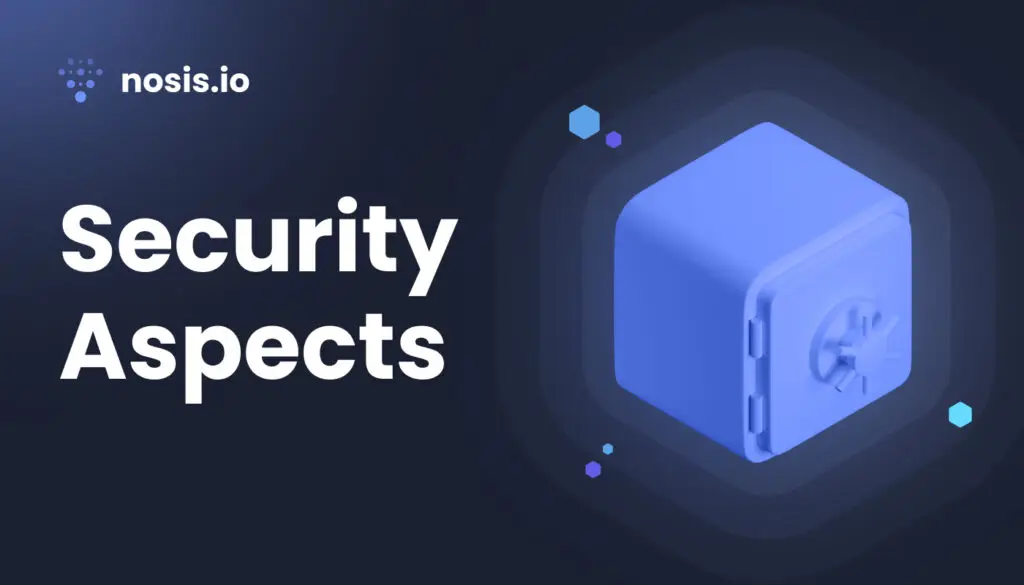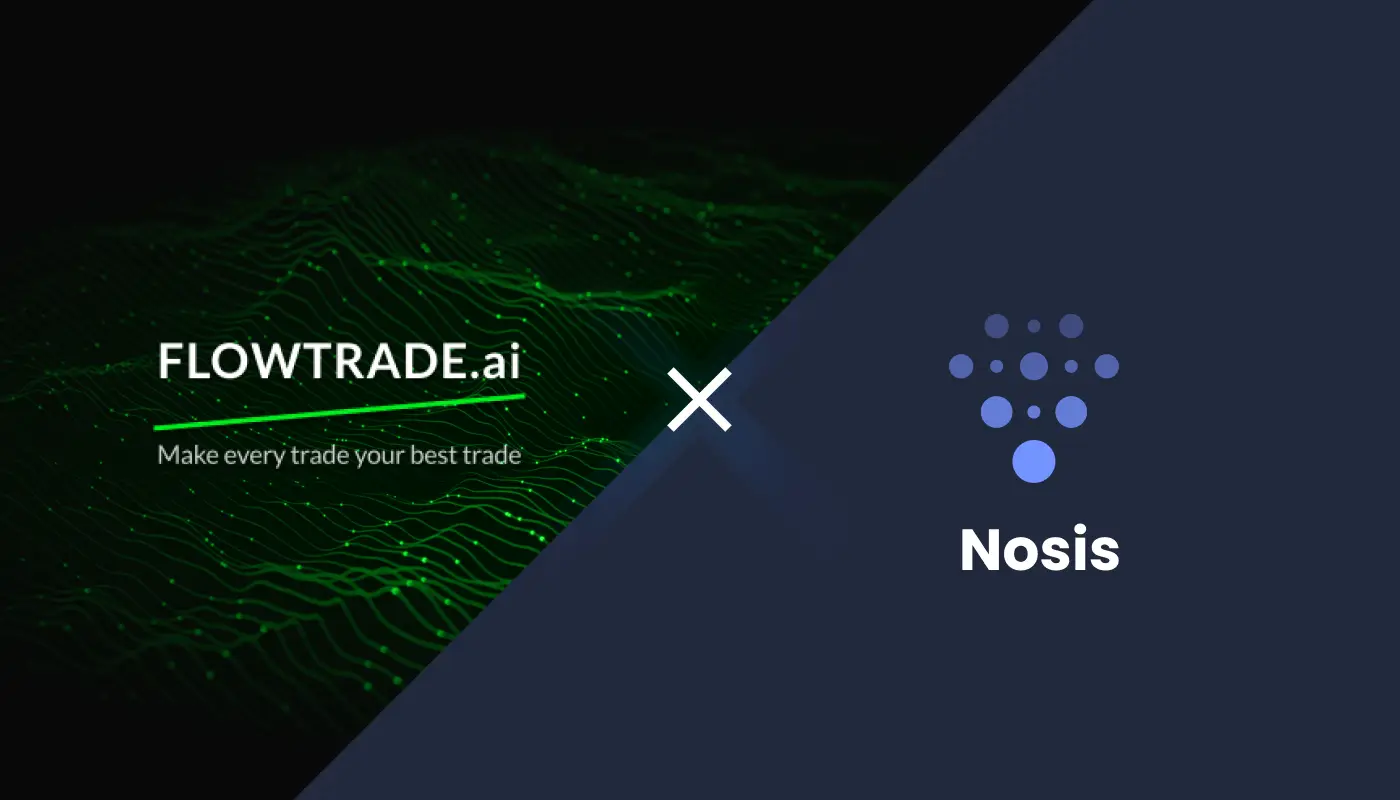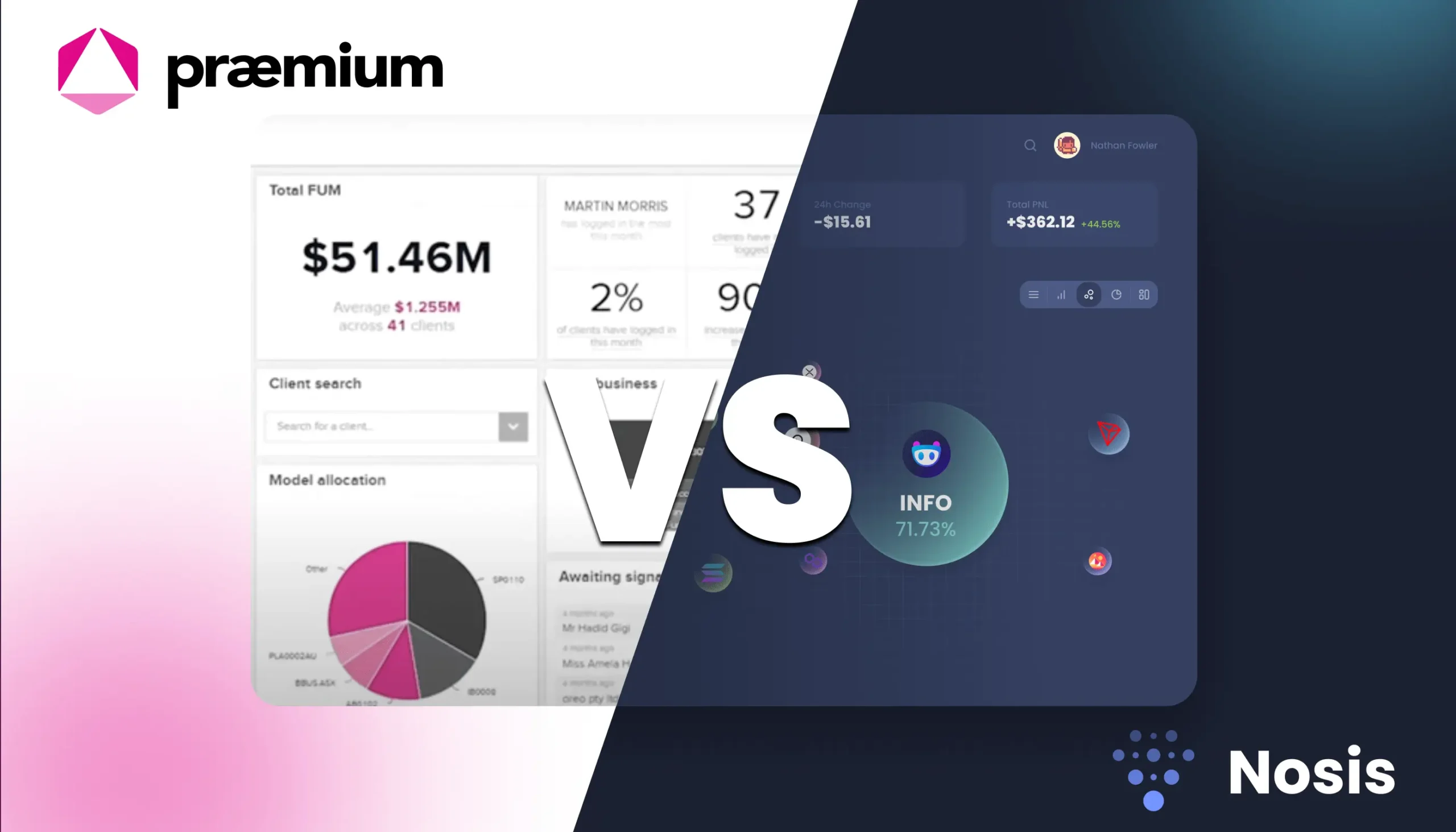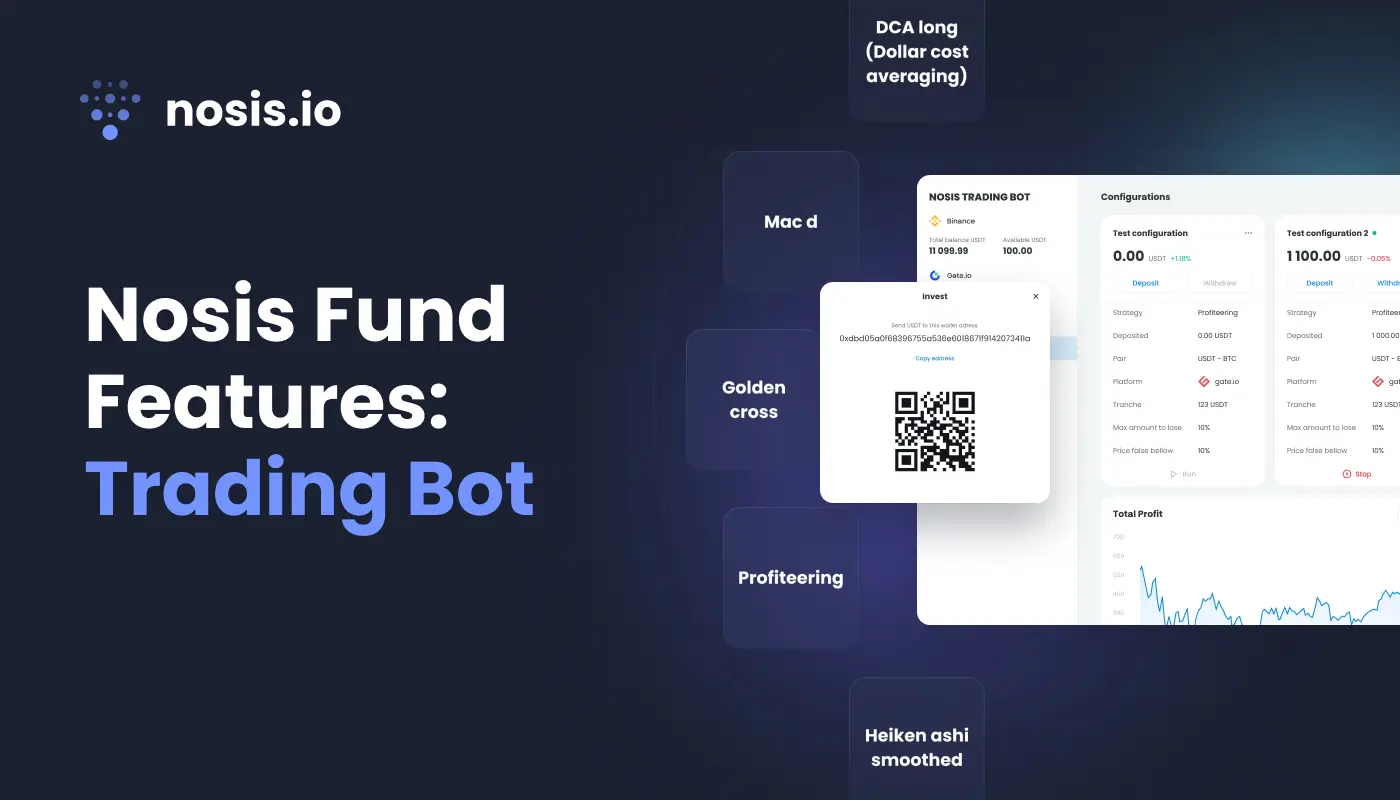
Good day, Nosis followers,
This article will explain all the security aspects we have in place to ensure that your details are perfectly safe with us!
Portfolio management is managing investments such as crypto, bonds, stocks, cash, and mutual funds so that users can keep track of all their assets in one place. Nosis, the all-in-one investment portfolio management tool, allows users to manage their equity assets and keep track of their alternative assets with live profit and loss analysis across all held investments.
Key Features and Functionalities Available at Nosis
The following functionalities are currently available at Nosis to make it easier for its users to keep track of their investments.
- Live pricing data for Stocks and Crypto through APIs
- Import wallet function to import all crypto assets available in a user’s wallet.
- Ability to add NFT collections to investment portfolios through Import Wallet.
- Allow fund managers to keep track of and manage their funds.
Security Aspects Implemented on Nosis
1. Always require a secure HTTPS connection
HTTPS is the secure version of HTTP, the principal protocol for transmitting data between a web browser and a website. HTTPS is encrypted to improve the security of data transmission. This is especially critical when consumers submit sensitive data.
HTTPS is used on all websites, particularly those needing login credentials. At Nosis, HTTPS is established to make sure that all the credentials are safe and sound within the platform.
2. Using the latest version of security protocols for maintaining secure connections
Security protocols and encryption safeguard against an intruder tapping into data transmission and reading a user’s information as it is sent and received. The growing volume of private data (such as financial transactions) sent through insecure communication networks (such as the internet) necessitates the use of more advanced encryption algorithms. As is the case with hardware designs, these protocols may have subtle defects that are difficult to detect.
At Nosis, we have all the latest versions of these security mechanisms to ensure that all user data entered into the platform is secured.
3. Storing password hashes using modern and secure hashing algorithms. We do not store raw passwords.
A solid password management policy is crucial for preventing data breaches that jeopardise an organisation’s reputation. Secure password storage is built based on hashing.
A hash function is a mathematical process that converts data of arbitrary length to a fixed-length bit string. The function input might be referred to as a message or simply as input. The result of the fixed-length string function is referred to as the hash or message digest.
Unlike encryption, hashing is a one-way process. Hashed data cannot be effectively “unhashed.”
Nosis provides the latest hashing algorithms to secure all the data entered into the platform.
4. Strict role-based access control policies to ensure that major operations are accessible only to authorised users
The term role-based access control (RBAC) refers to the practice of allocating permissions to users depending on their organisational role. It provides a straightforward, controllable solution to access management that is less prone to mistakes than individually providing rights to people.
RBAC enables the systematic and repeatable assignment of rights, the easy auditing of user privileges and correction of recognised faults, the rapid addition and modification of roles, and their implementation across APIs, among several other purposes.
Nosis comes with strict role-based policies that ensure user management within the platform.
5. Using the best practices for storing valuable data on the infrastructure side
Without question, data is one of an organisation’s most precious assets. With simple-to-use and economical solutions like cloud-based storage systems, keeping massive quantities of data in a single location has become almost effortless. However, corporations are no longer just concerned with space.
Each company should develop, implement, and maintain a specific data storage security strategy. To be successful, data storage security rules must be enforced across the organisation, including the office, mobile devices, storage devices, and across the on-premise infrastructure and the web.
Data storage security policies contribute to data security by identifying sensitive data and essential assets and installing robust security measures to monitor and secure each categorisation of data.







